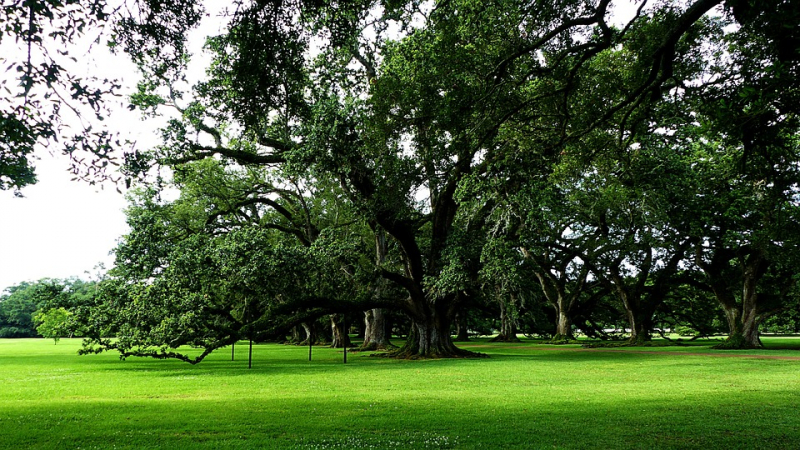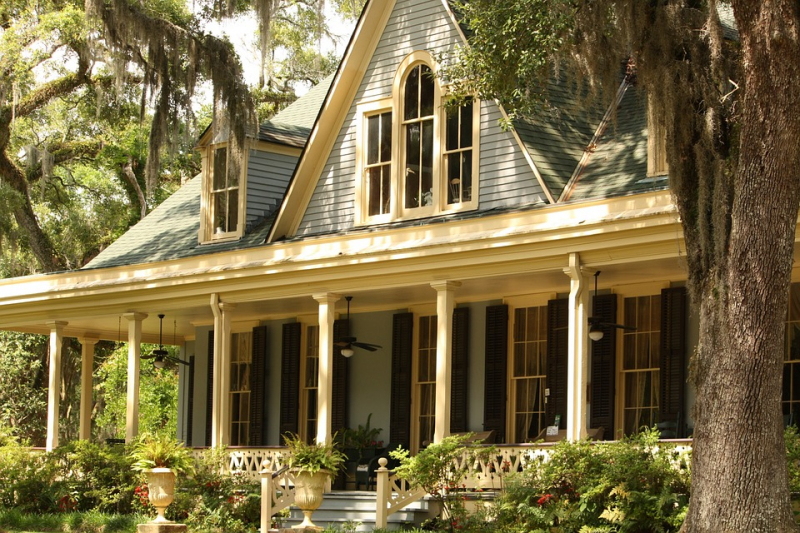Donaldsonville

It is part of the Baton Rouge metropolitan statistical area and is located along River Road on the west bank of the Mississippi River. Donaldsonville's historic district is said to have the best collection of buildings from the antebellum period to 1933 of any Louisiana river town above New Orleans. Following the war, Donaldsonville residents elected Pierre Caliste Landry, an attorney and Methodist minister, as mayor in 1868; he was the first African American elected mayor in the United States.
Donaldsonville is well-known not only for its culinary significance, but also for its political significance. It served as the state capital in 1830, when the seat of power was first relocated from New Orleans, because more rural legislators were scandalized by the Crescent City's laissez-faire attitude toward moral behavior. Though the capital was eventually relocated to Baton Rouge, Donaldsonville has retained the quiet, small-town charm that drew Louisiana legislators there in the first place. Indeed, Donaldsonville has been designated as one of the state's Main Street communities, and it is also home to the intriguing River Road African American Museum.
Today, you can see evidence of this history all around you, whether you're strolling through the remarkably well-preserved historic buildings, browsing the antique shops, or exploring Fort Butler, which still looks out over the riverbanks. After that, stop by Grapevine Café & Gallery for unique takes on Cajun cuisine while admiring the locally made artworks that adorn the walls. Alternatively, choose a riverside bench and watch the Mississippi flow by.






